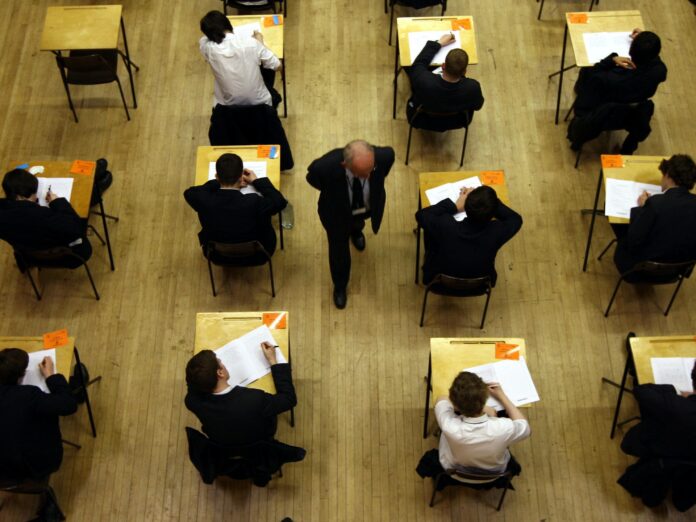The attainment gap between disadvantaged pupils and their peers has stopped closing for the first time in a decade a new report out today reveals.
The report, Education in England: Annual Report 2020,by the Education Policy Institute found that Disadvantaged pupils in England are 18.1 months of learning behind their peers by the time they finish their GCSEs – the same gap as five years ago.
The gap at primary school increased for the first time since 2007 – which may signal that the gap is set to widen in the future.
The stalling of the gap occurred even before the COVID-19 pandemic had impacted the education system.
Researchers have identified the increasing proportion of disadvantaged children in persistent poverty as a contributory cause of the lack of progress with narrowing the disadvantage gap.
Last year’s report modelled that it would take over 500 years to eliminate the disadvantage gap at GCSE, based on the rate of progress.
This year’s data suggests an even more extreme conclusion: the gap is no longer closing at all.
Children with a high persistence of poverty (those on free school meals for over 80% of their time at school) have a learning gap of 22.7 months ‒ twice that of children with a low persistence of poverty (those on free schools meals for less than 20% of their time at school), who have a learning gap 11.3 months.
Progress in closing the gap has been slowest for pupils with a high persistence of poverty, with the gap remaining much the same after almost a decade.
Disadvantaged pupils with lower persistence of poverty have also experienced worsening gaps, although to a lesser degree.
Significantly, the proportion of pupils with a high persistence of poverty is on the rise. Since 2017, the proportion of pupils in this group has risen from 34.8% to 36.7%. This recent increase appears to be an important contributor to the lack of progress with the gap overall.
Large disadvantage gaps remain well-established in several regions in England but are particularly acute in the North, West Midlands and parts of the South.
In some areas, poorer pupils are over two full years of education behind their peers by the time they take their GCSEs, including in Blackpool (26.3 months), Knowsley (24.7 months) and Plymouth (24.5 months).
In contrast, there are very low GCSE disadvantage gaps concentrated in London, including in Ealing (4.6 months), Redbridge (2.7 months) and Westminster (0.5 months).
This year, for the first time, researchers have also calculated the disadvantage gap at a local level after having controlled for high persistence of poverty in each area.
This reveals that differences in local demographics are essential to understanding why gaps are different in different parts of the country. Under this adjusted measure, many areas that currently rank as some of the worst in the country substantially improve their position once high persistent poverty levels are considered
Attainment varies significantly among pupil ethnic groups
Gypsy/Roma pupils are almost three years (34 months) behind White British pupils at GCSE level. In contrast, Chinese pupils are two whole years (23.9 months) ahead of White British pupils in learning at this stage of their education.
Some ethnic groups have experienced growing inequalities over recent years. Black Caribbean pupils were 6.5 months behind White British pupils in 2011, but this gap has now regressed to 10.9 months, meaning that the gap has widened for Black Caribbean pupils by well over four months in the last eight years.
Gaps have also widened for pupils from other black backgrounds, and for pupils with English as an additional language who arrived late to the school system.







